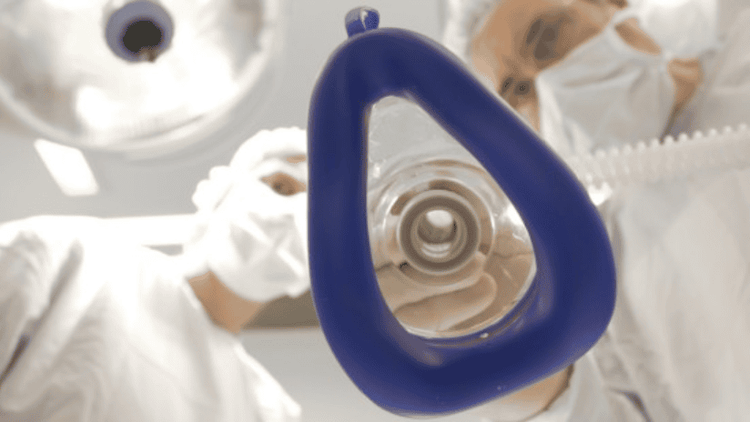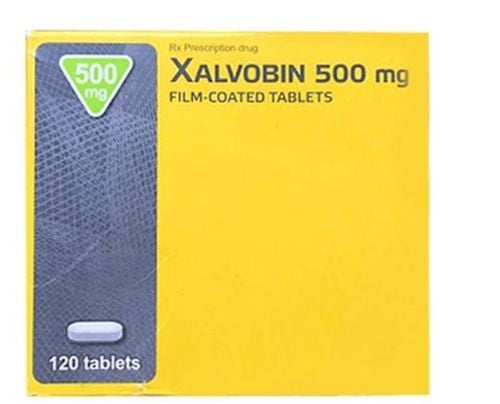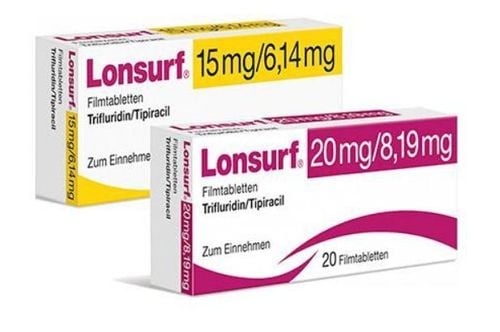This is an automatically translated article.
The article was professionally consulted by Specialist Doctor II Nguyen Binh - Department of General Surgery - Vinmec Ha Long International Hospital. Doctor Nguyen Binh has more than 20 years of experience in the field of anesthesia and resuscitation.Colorectal cancer is one of the most common cancers in Vietnam and many countries around the world. And surgery is still often used to completely remove the cancer. In recent years, laparoscopic surgery for colorectal cancer is being widely applied, including the Miles surgery method.
1. What is the colon and what function does it have in the body?
The colon, also known as the large intestine, is the lowest part of the digestive system, where the waste products from the digestion of food are stored. In adults, the colon is usually about 1.5 m in length and consists of the cecum, appendix, colon, and rectum.The rectum has the following functions:
It is the place to reabsorb water and keep the fluid balance in the body. This is where some vitamins are absorbed. It is the place where indigestible substances are handled. A place where waste is stored before being discharged. Colorectal cancer is one of the 10 most common cancers in Vietnam, affecting both men and women. This is also a common cancer in many countries around the world. Like other cancers, treatment for colorectal cancer also includes surgery, chemotherapy, and radiation. Depending on the stage, level of disease and condition of the patient as well as the equipment that the hospital has, the doctor will choose one or more combination methods to treat the patient.
Surgery is still often used to remove the cancerous mass, then combined with chemotherapy or radiation.

2. Surgery for colorectal cancer
A colectomy is surgery to remove part or all of the large intestine. This surgery is aimed at removing the damaged part of the colon in the following pathologies:Colorectal cancer. Diverticulosis disease. Inflammatory bowel disease: inflammatory bowel disease, Crohn's disease Large bowel obstruction Injury to the colon due to trauma. Precancerous colon polyps. Perforation of the large intestine Rectal bleeding. Colorectal cancer surgery aims to remove all of the cancerous colon. For patients with precancerous conditions, surgery will help stop the development of cancer. During surgery, after removing the cancerous portion of the colon, the two healthy ends can be joined together. If you cannot speak due to the location or extent of the cancer, the doctor will create an ostomy. This colostomy is only temporary to give the colon time to heal, after which surgery will be performed to close the anus temporarily.
Previously, surgery for colorectal cancer was mostly open surgery. However, in recent years, thanks to the development of science and technology, the laparoscopic colorectal surgery method with many advantages is being chosen by many doctors and patients.
Laparoscopic surgery in colorectal cancer surgery has the following advantages:
Quick recovery of colon function. Patients recover quickly after surgery, shortening hospital stay. The patient has less pain after surgery. Patients can return to normal activities quickly. Leaves a small surgical scar. There are different types of colorectal surgery depending on the location of the lesion such as:
Right colectomy, left colectomy: is surgery to remove the ascending colon (right) or descending colon (left side) ) along with one third of the ipsilateral transverse colon. If 2/3 of the transverse colon is removed, it is called an extensive colectomy. Transverse colectomy surgery. Pelvic colectomy: Surgery to remove part of the pelvis, sometimes all or part of the rectum. If the pelvic colectomy is performed and the colostomy ends and closes the rectal process, it is called a Hartmann operation. This method is used when a gun barrel colostomy is not possible, which is also easier to close. Total colectomy, or total colectomy. Miles surgery: is a surgical method to remove the entire rectum and pelvis through the abdomen and perineum. When performing laparoscopic surgery, a loop suture machine will be used to connect the colon - rectum. Colorectal cancer surgery is performed under general anesthesia, usually under endotracheal anaesthesia.

3. Endotracheal anesthesia in Miles . surgery
Endotracheal anesthesia is a technique of general anesthesia through endotracheal tubes for the purpose of controlling breathing during surgery and resuscitation after surgery for patients. This method requires medical facilities to have all the necessary modern equipment, and the operator must be trained and proficient in techniques.3.1. Surgical Endotracheal Anesthesia Miles Checking Records Checking Patient Technical Implementation: General steps are: Patient position: supine, breathing 100% oxygen at a rate of 3-6l/min at least 5 minutes before induction of anesthesia. Install the tracker. Set up transmission. If necessary, pre-anesthesia can be performed. Induction of anesthesia: Sleeping pills Pain relievers Muscle relaxants The condition for intubation is that the patient must sleep deeply and have enough muscle relaxation. Carrying out oral intubation: insert the endotracheal tube through the mouth, put the cannula in the mouth to prevent the patient from biting the tube (if necessary). Maintain anesthesia with intravenous or volatile anesthetics, analgesics, and muscle relaxants (if needed). Control the patient's breathing with a machine. Criteria for extubation: The patient is awake, following the doctor's orders. Patient can raise head for more than 5 seconds, TOF >0.9. The patient is breathing on his own, the respiratory rate is within normal limits. Pulse and blood pressure are stable. Temperature > 35 degrees C. The patient had no complications of anesthesia and surgery. 3.2. Complications and management in endotracheal anesthesia in Miles surgery 3.2.1. Reflux of gastric juice into the airways Gastrointestinal fluid is found in the oral cavity and airways. At that time, it is necessary to immediately aspirate the fluid, place the patient in a low lying position, and tilt the head to one side. Place the endotracheal tube quickly and clear the airways immediately. Then it is necessary to monitor for lung infections. 3.2.2. Hemodynamic disorders Patients with hypotension or hypertension, arrhythmia (tachycardia, bradycardia or irregular rhythm). Treatment depends on the specific symptoms and cause. 3.2.3. Incident due to intubation Unable to intubate: manage with difficult intubation procedure or switch to another anesthetic method. Wrong placement of endotracheal tube into the stomach: Auscultation of the lungs without alveolar murmur, EtCO2 cannot be measured. Reinsert the endotracheal tube. Vocal - tracheobronchial spasm: Difficult or impossible to ventilate, auscultation with rales or no hearing at all. It is necessary to provide adequate oxygen to the patient, use more hypnotics and muscle relaxants, ensure ventilation, and use bronchodilators and corticosteroids. If breathing cannot be controlled, a difficult endotracheal intubation procedure should be used. Trauma during endotracheal intubation: patients have bleeding, broken teeth or damaged vocal cords, foreign objects fall into the airways,... Depending on the injury, appropriate treatment is available. 3.2.4. Respiratory complications Possible folding or retraction of the endotracheal tube deep into one lung, collapse or opening of the respiratory system, lack of oxygen. Management: immediately ensure ventilation and provide 100% oxygen, find and resolve the cause. 3.2.5. Complications after extubation Patients may experience respiratory failure after extubation. The patient may have a sore throat and hoarseness. Patient has laryngospasm - gas - bronchi. The patient may have an upper respiratory tract infection. The patient may have laryngotracheal stenosis. Depending on the symptoms and cause, the doctor will have an appropriate treatment.
Please dial HOTLINE for more information or register for an appointment HERE. Download MyVinmec app to make appointments faster and to manage your bookings easily.














